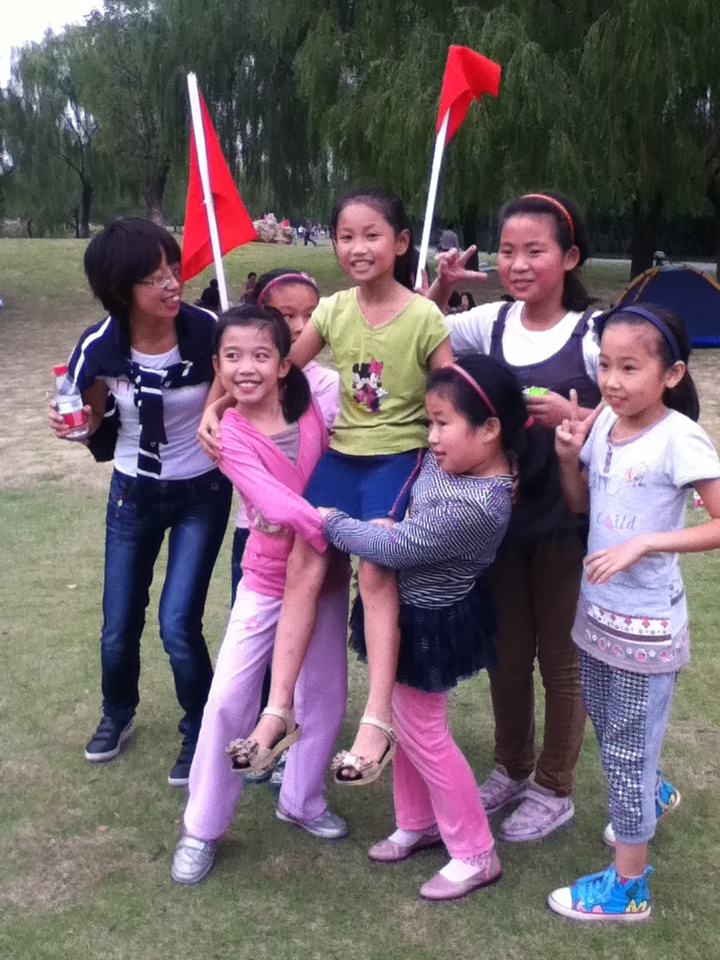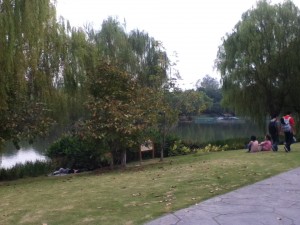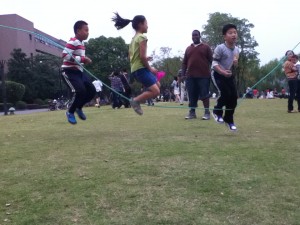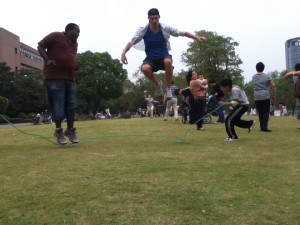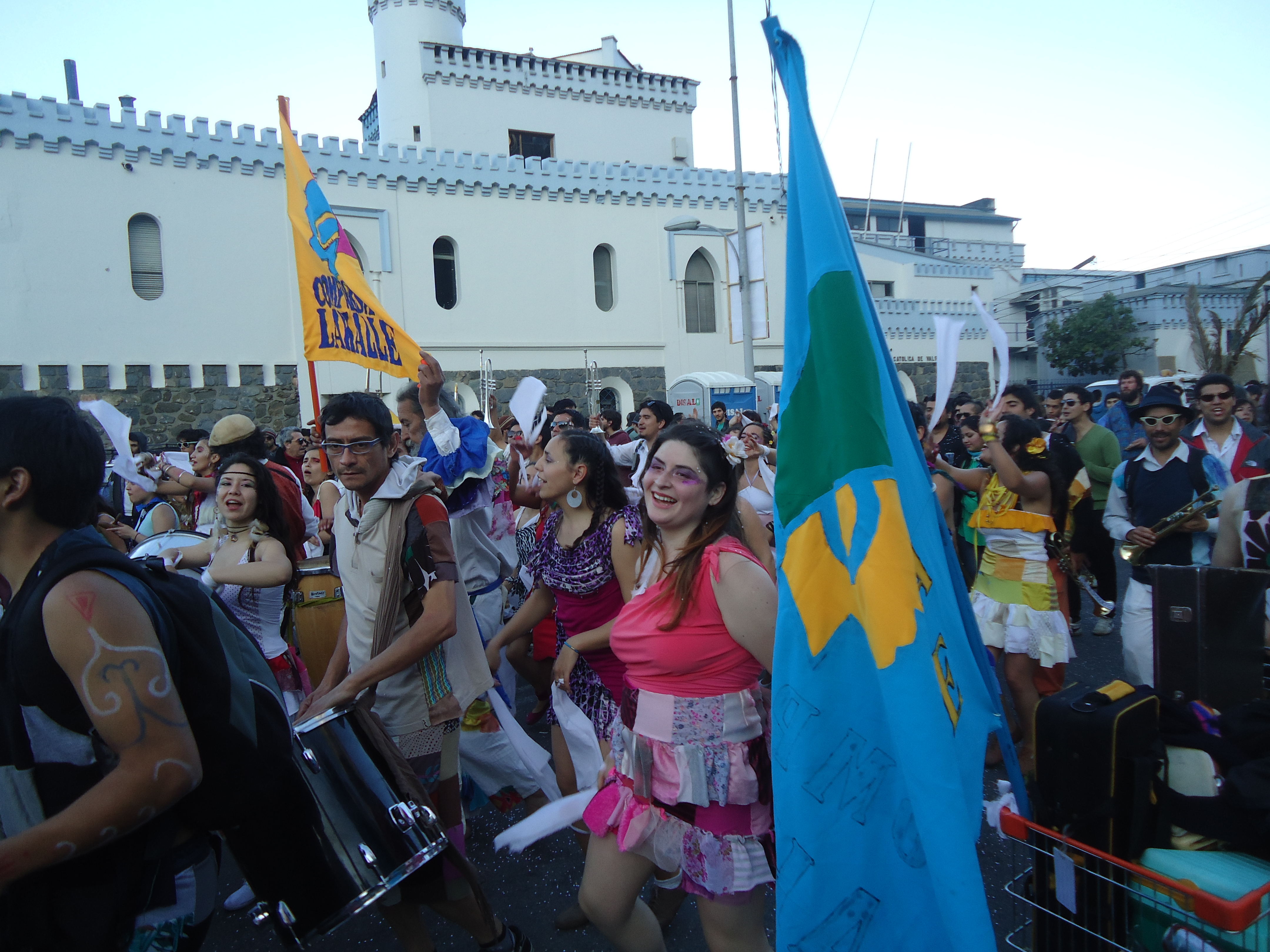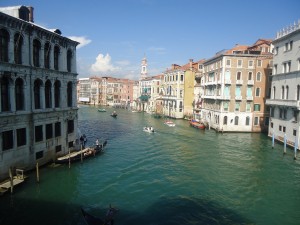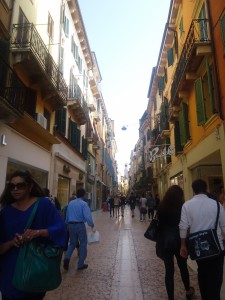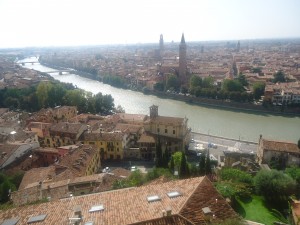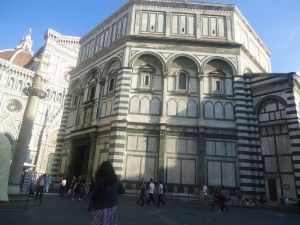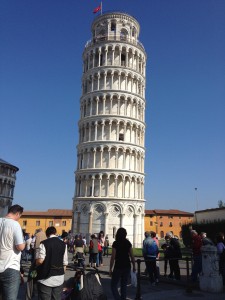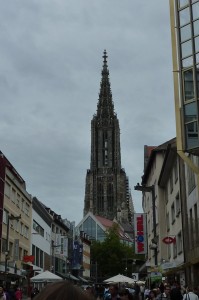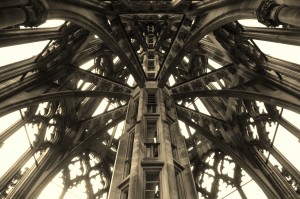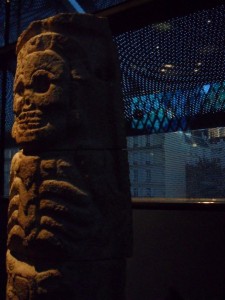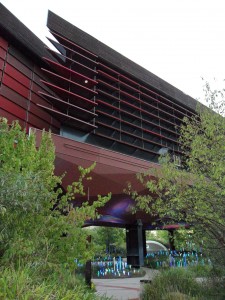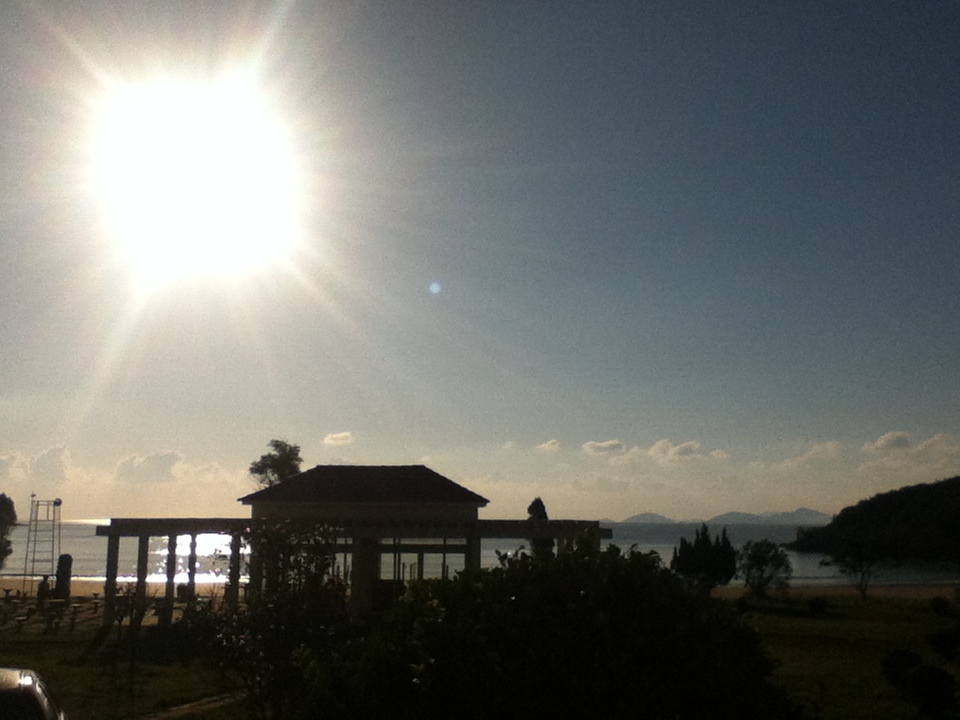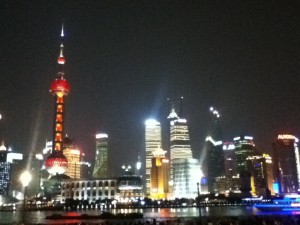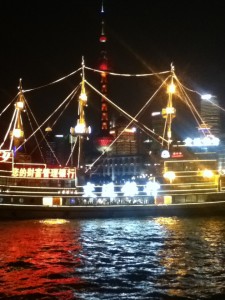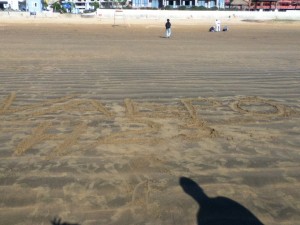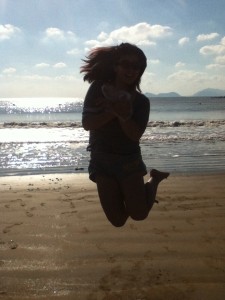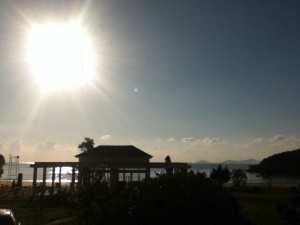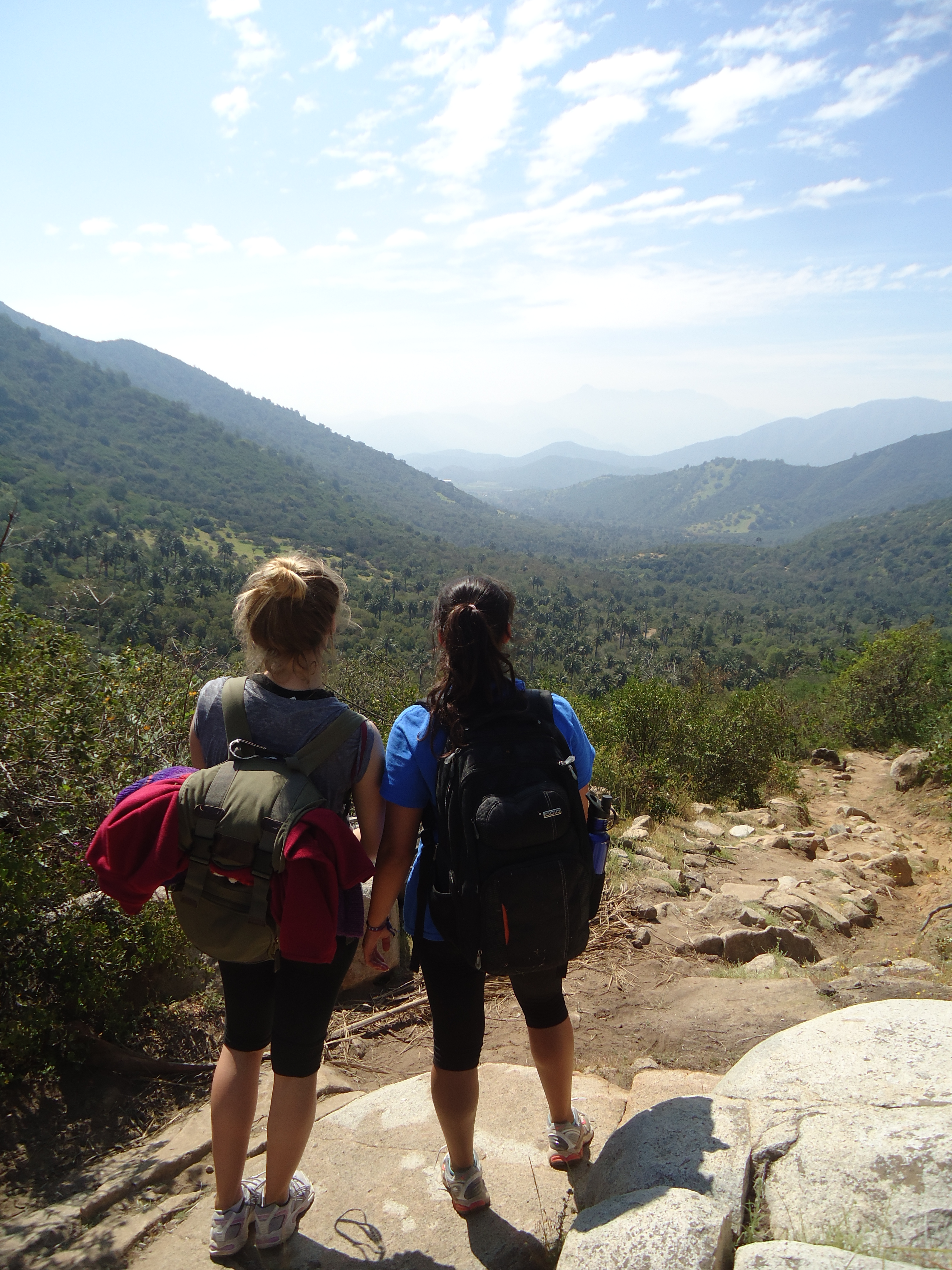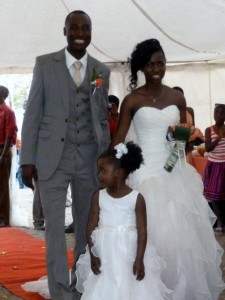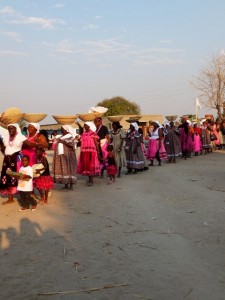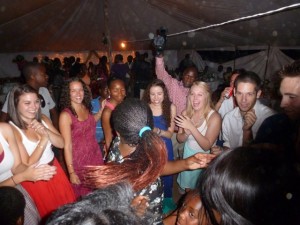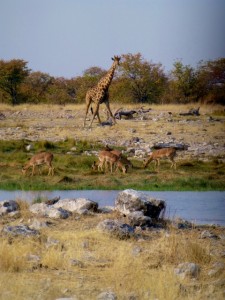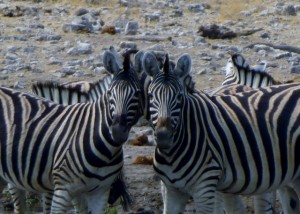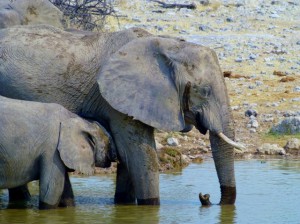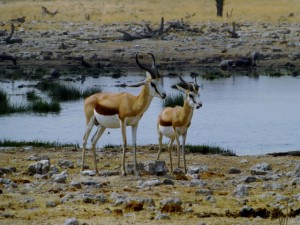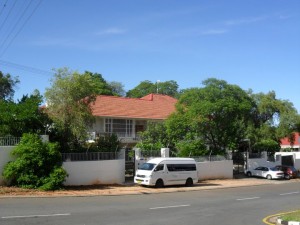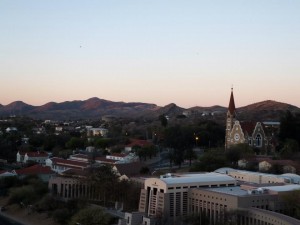La Campana is a National Park about an hour and a half away from Viña del mar. It has over 8,000 acres of beautiful landscape and even differing climates depending on where you go in the park, and the group of UVM international students was taken to Las Palmas.
It all started at 8am on Saturday morning. They seem to like doing events on Saturday mornings when everyone is still tired from Friday nights. I happened to be a victim of this sleepiness when I arrived to take the bus with the group on Saturday with the other students. Olivia and I didn’t get back to her house until 5am the night (morning?) before, because Chileans love to dance and I mean they absolutely love to; it’s very typical that they’ll dance all night until 5 or 6 in the morning. In fact, I left Ovo on Thursday night at 3:30am and people were shocked and kept asking me why I was leaving so early. Well anyway, so we get to Olivia’s house at 5am, I spent the night (which ended up being an hour and a half of sleep) and then we gathered our things to wait for the bus. Olivia and I had deceivingly high amounts of energy but still attempted to power nap our way through the bus ride there.
When we arrived, our guides introduced themselves and we started our adventures. Guillermo, the main guide, explained a few of the aspects of the park as we went along. A majority of the trek consisted of sweat, dirt, hills, and photo opps; it was awesome.

Olivia and I; the world is our toaster.
We saw wild horses which was something unexpected but so incredible. They were purely free and galloped around the park. Even saw a momma and its baby. I made friends with a small colorful caterpillar who we named Jorge.
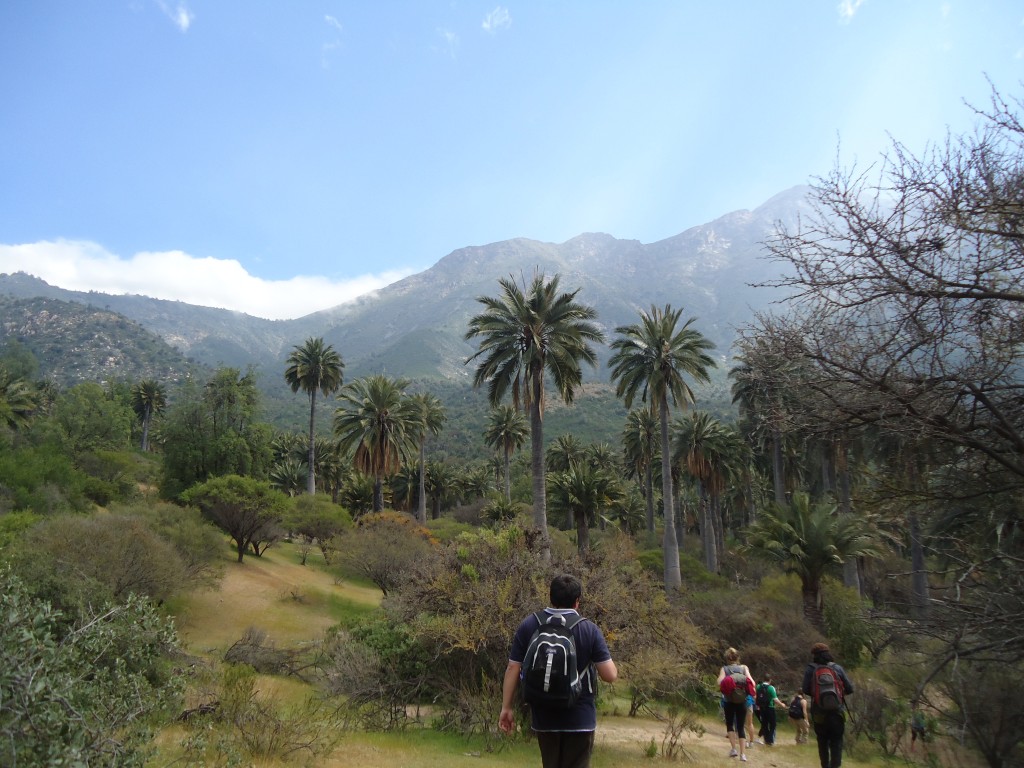
La Campana
Most of the time, people would be chatting among themselves, but a lot of the time I couldn’t even bear to talk; the scenery around me was breath-taking that at times I would be so captured I couldn’t speak at all. This seems to happen a lot here in general. Chile is simply indescribable.

coco!
When we stopped for lunch in the midst of the dense part of the palm trees, I felt like I was in Jurassic Park. We sat in the fresh green spring grass, ate our home-packed lunches, and relaxed. Olivia and I, still having energy, decided to find cocos which are basically miniature coconuts that you crack open and eat. They’re delicious and thus, a little hard to find sometimes. Little animals like to eat them, so you have to search underneath fallen palm branches and such to find some. Olivia and I ended up finding a ton (her more than me; she’s a pro) and shared them with the other students caught by the lazy fever.
We then played a big group version of rock-paper-scissors which was oso-hombre-arma (bear, human, gun). It was the Americans versus everyone else from all other parts of the world. I don’t remember if we won, lost, or tied…but it was fun nonetheless. Then we attempted to make a pyramid which ended up being huge! I love this group of international students. It’s so cool being able to bond with so many different kinds of people from everywhere.
Then Guillermo lead us a little further and then back to the home base where we had started. On the way back, I was talking with one of the other guides, Italo, who said he could teach me how to surf. Sweet!
In all, it took 5 hours, but it was all so incredible! Then the bus ride back, everyone fell asleep, completely dead to the world. Great reward after a great success of a day. I’d say this was a win.
The next day, I went to a soccer game between la Universidad Católica and Colo Colo (professional soccer teams here; not university teams despite the name). I was with my “brother” from La Calera, Oscar, and his friends who are all also fans. They had rented out a micro (bus) specifically take us to the game in Santiago and back. We also took random stops along the way to throw out garbage from the food and drinks we had on the micro (because we couldn’t take anything into the stadium). I learned a lot of chants for the Cruzados on the way, and proceeded to belt them out during the game.
Before we were even allowed to enter, however, our things were checked out by the police. They have a lot of strict rules for soccer here, one of them included the size of flag you’re allowed to have in the stadium; my Valpo flag was too big. So after putting that back on the bus, I was greeted at the entrance by people passing out little pamphlet reminders of the violence laws in Chile.

- El estadio de los Cruzados/The stadium of the Crusaders
Then started the game. I had never been to a professional soccer game before, much less one in South America, so it was quite the experience. There was constant yelling, singing, and swearing all around me. The energy was unlike anything; especially with the game being as horrible as it was, when the fans were mad, they were mad. It ended up that the Cató made a ton of shots and played much better, but simply didn’t make any goals whereas Colo only had a few opportunities but made their goals within them. It was painful to watch, but nonetheless I loved being there.
We got back on the micro, and at first everyone was talking poorly about the referees and how horrible the game was but then they continued with the chants. I asked one of them why, especially since our team lost. They told me that they have passion for the team, the game, the sport. Some even had tattoos for the Universidad Católica; all I knew was that they really got into it which was really cool to see. We sang for almost the entire 2 hour ride and celebrated life as it was.
Monday, I found out I had 3 soccer games this week. Also on Monday, I injured my ankle. Funny how life works sometimes.
Tuesday, today, I had to face the bet I had made on Sunday’s game. One of my classmates, a colocolino (Colo Colo fan) brought his jersey for me to wear for the day. He said he was going to take a picture to remember this moment in history, but luckily he forgot 🙂 a win inside a lose! Nice…but I still have to wear it…
But now, I’m off to my game to support my team on the sidelines and wait until Thursday hopefully to get my chance to prove myself on the field.
TTFN (Ta Ta For Now!)
